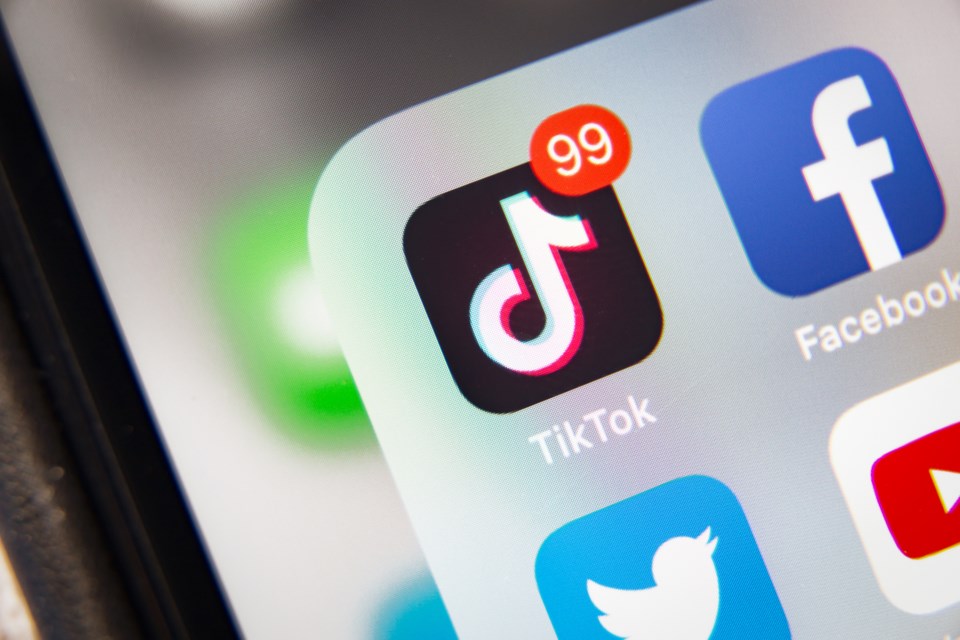With the rise of influencer culture, the pressure to overconsume is nearly everywhere on social media. That being said, owning one pair of shoes in 10 colours or immediately purchasing the newest iPhone when it comes out (even if the one you have works perfectly fine) should not be considered normal.
Thankfully, there are people online sharing their consumption habits under the tag "underconsumption core," reports. In these posts, people flaunt items they reuse, things they don't replace just because there's a newer option on the market, while prioritizing a simpler life that rejects the idea of hoarding items for aesthetic purposes. Their cupboards are stocked with mismatched hand-me-down dinnerware instead of sleek and pricey matching sets from Crate and Barrel, for example.
Essentially, this TikTok trend exists to combat the normalization of overconsumption and promote spending habits that are healthier for your wallet and the planet.
Examples of underconsumption
There's plenty about underconsumption that's attractive. For starters, by consuming less, you can contribute less to waste from unused items and packaging, therefore reducing your carbon footprint. It also renounces an aspiration to emulate wealthy influencers and celebrities, giving you a chance to put money into savings instead of draining your bank account on shopping sprees snatching up the latest products they are hawking.
If you want a closer look at what underconsumption methods people are using to reduce waste and save money, here are some to get you started:
- Buying secondhand
- Washing and re-using food containers for storage
- Using old rags or fabric to clean
- Not buying every new piece of technology that comes on the market
- Avoiding purchasing seasonal items
- Using and wearing things you've had for years because they are still intact
- Using products until they're completely empty before re-purchasing
- Not owning multiples of items that are unnecessary
- Reducing food waste by not buying more than you need at a time
The anti-haul
TikTok user Alyssa Barber, or , is known for her content promoting sustainable shopping habits. She frequently posts "anti-hauls" where she walks through stores like Target and shows off items that she won't be buying and why.
For example, Barber has shared that she won't be buying new water bottles when the one she already has keeps her hydrated. Nor will she be buying the latest trendy workout set, when what she has still fits.
When you skip buying unnecessary things, consider instead putting the amount of money you might have spent into socially responsible investments. That way, you can enjoy extra cash down the road and know the money is being put towards things that align with your values. You can get started with our to find the investment methods that will work best for you.
It doesn't mean you can't buy anything new
The underconsumption core trend isn't meant to dissuade you from ever buying new things, but instead encourage you to be thoughtful about it when you do.
By making a budget for essentials, you'll have a better idea of what disposable income you have left in your budget and can choose the best way to use it—a is a great way to do this and keep you on track. Chances are, a lot of the time, the best way to use your extra cash is to save it, but sometimes you need to replace things, and that's okay too.
When making purchases, consider buying them secondhand first. While not everything is viable as a secondhand purchase, it's worth looking into.
And when you do spend, you can use a to get some of that money back to put towards savings and investments for the future.
All in all, underconsumption does not mean no consumption. But it is an inspiring trend that could mobilize some favourable money management skills and reduce your carbon footprint at the same time.
was produced by and reviewed and distributed by Stacker.




